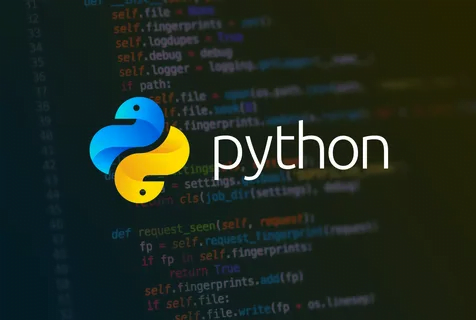Introduction
Python is a powerful and widely used programming language known for its simplicity and versatility. However, when working with large datasets or complex algorithms, you may encounter memory errors that can be frustrating to deal with. In this article, we will explore the causes of Python memory errors and provide some practical solutions to overcome them.
What Causes Python Memory Errors?
Python memory errors typically occur when your program exhausts the available memory allocated to it. This can happen due to a variety of reasons:
1. Insufficient Memory Allocation
If your program requires more memory than what is currently allocated, it will result in a memory error. This can happen when working with large datasets or performing computationally intensive tasks.
2. Memory Leaks
A memory leak occurs when your program unintentionally retains memory that is no longer needed, leading to memory exhaustion over time. This can happen if you forget to release resources or if there are bugs in your code that prevent proper memory deallocation.
3. Recursive Functions
Recursive functions can cause memory errors if they are not properly implemented. Each recursive call adds a new frame to the call stack, and if the recursion depth becomes too large, it can lead to a stack overflow and memory error.
4. Large Data Structures
Working with large data structures, such as lists or dictionaries, can consume a significant amount of memory. If your program tries to allocate more memory than is available, it will result in a memory error.
How to Resolve Python Memory Errors?
Now that we understand the common causes of Python memory errors, let’s explore some strategies to resolve them:
1. Optimize Memory Usage
Review your code and look for areas where you can optimize memory usage. Consider using more efficient data structures or algorithms that require less memory. Avoid unnecessary duplication of data and release resources as soon as they are no longer needed.
2. Use Generators
Generators are a powerful feature in Python that can help you avoid memory errors. Unlike lists, which store all elements in memory, generators produce elements on-the-fly, only keeping track of the current element. This can significantly reduce memory usage, especially when working with large datasets.
3. Increase Memory Allocation
If your program consistently runs out of memory, you may need to increase the memory allocation. In Python, you can do this by adjusting the “ulimit” or by using external tools like “ulimit” or “resource” modules.
4. Implement Tail Recursion
If you are working with recursive functions, consider implementing tail recursion. This technique allows recursive functions to reuse the same stack frame for each recursive call, avoiding stack overflow errors and reducing memory consumption.
5. Use External Libraries
If your program requires extensive memory usage, consider using external libraries specifically designed for memory optimization, such as NumPy or Pandas. These libraries provide efficient data structures and algorithms that can handle large datasets with minimal memory footprint.
Conclusion
Python memory errors can be challenging to deal with, but by understanding their causes and implementing the appropriate strategies, you can overcome them. Remember to optimize your code, use generators, increase memory allocation if necessary, implement tail recursion, and leverage external libraries for memory optimization. By following these best practices, you can ensure that your Python programs run smoothly, even when dealing with large datasets and complex algorithms.
📚 Interested in more content? Explore other fascinating articles on our website! 🌐 Wishing everyone enjoyable reads. 👉 Python Error Handling Best Practices


1 Comment
Pingback: Troubleshooting “exec format error” in Python